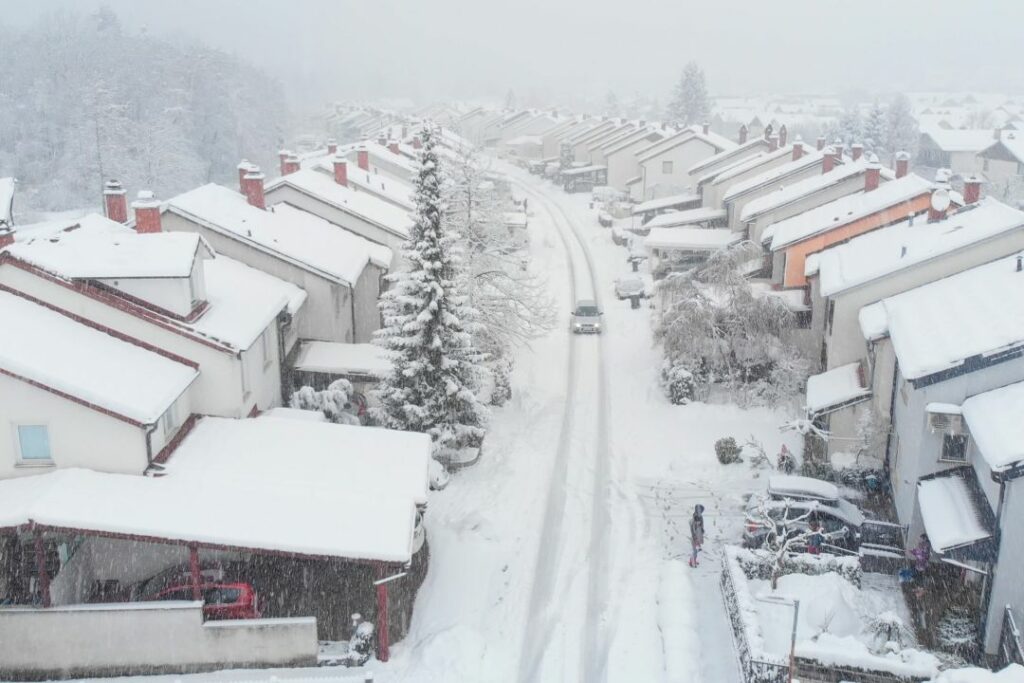
Numerous architectural methods produce various benefits. When the weather becomes colder, buildings must have the proper architecture to keep people safe from the effects of the cold.
Certain architectural designs aim to keep out the cold and retain heat. Understanding these design choices will help you find better homes and help you create better architecture.
More Windows Facing East and West
Although more windows may mean that the cold will have a better chance of getting in, especially during windy days, the light from the sun will heat the inside. Having windows face the general directions of the sun, east and west, is a practical architectural design for cold weather. One of the top features of carriage houses is their large windows let in more light, making them great for heat retention.The cold is persistent, but the sun’s rays are powerful. When the light enters a space, it will make a drastic difference in the air temperature of the building.
A Steeper Roof
In regions with snowfall, homes must naturally prevent snow from piling on the roof. A steeper roof will create enough of a gravitational pull to force the snow to slide off during times of heavy precipitation. Keeping snow off the house will prevent the outside of the home from getting cold and causing cold to seep into the walls. Steeper roofs will also create more room for a home and relieve the responsibility of cleaning the roof of debris or hard water.
Using Brick, Stone, or Concrete for the Walls
Using a denser material to build the walls of a building is a great architectural design choice for cold weather. Materials such as bricks, stone, or concrete were commonly used for older buildings to trap heat and prevent drafts.
We still use these materials when constructing newer buildings because of their durability, resilience, and temperature resistance. The density of these materials will seal in the building, making the only entry points for cold winds to be windows or doors.
Quality Insulation
The inside buildings may need more layers of material to trap heat, which is why insulation is so common in real estate and architecture. Insulation normally has various fabric-like materials thick enough to keep any heat built up in a room.
Fiberglass or mineral wool are commonly used for their thick material and ability to cover a wide area. Insulation is essential for any winter. When building or remodeling, insulation is a tremendous benefit.
Winter is a difficult time for many, and we rely on the structural integrity of buildings to help us through it. The architectural design of buildings should have these strategic features to assist people in staying warm during the winter.




